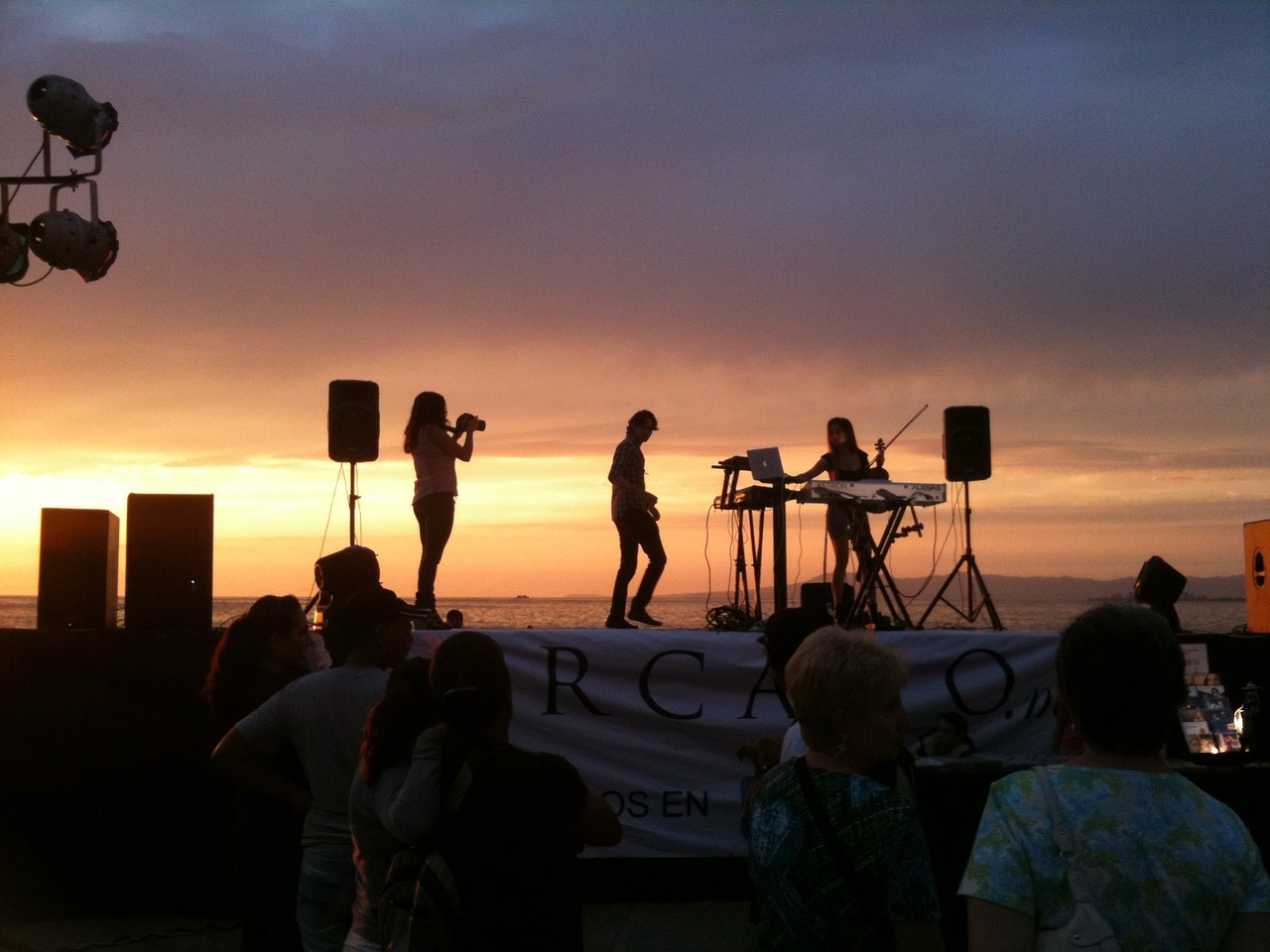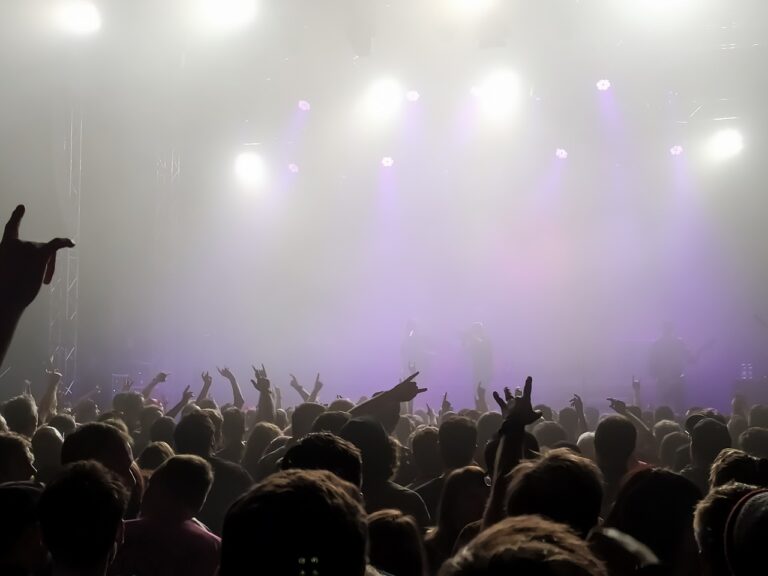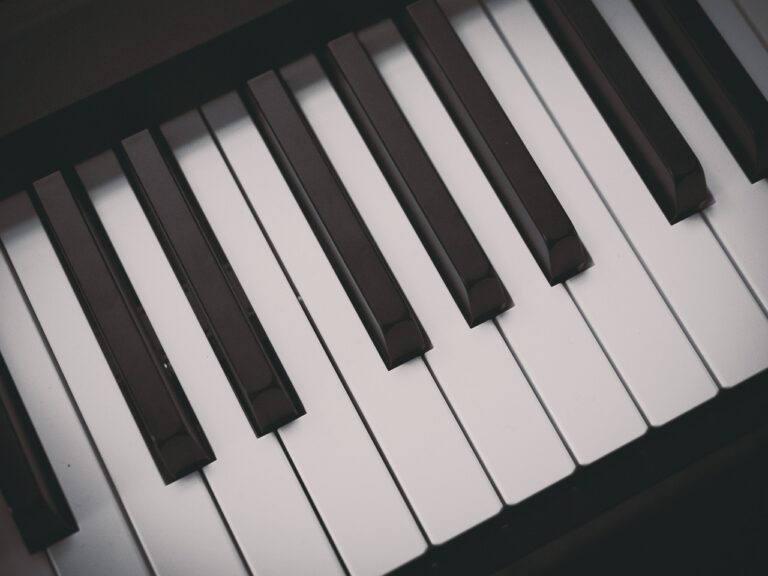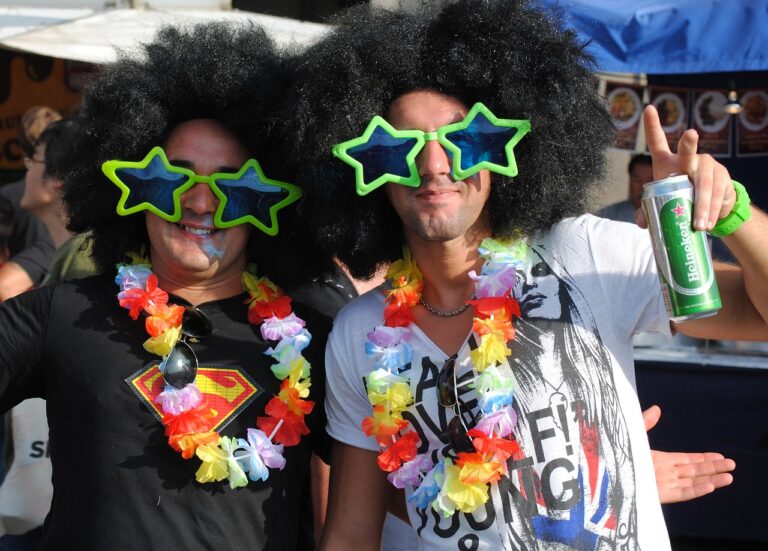Virtual Reality Concerts: Transforming the Live Music Experience
Live music consumption has significantly transformed over the years, with technological advancements playing a pivotal role in shaping the way audiences experience live performances. In the past, attending concerts or music events in person was the primary means of experiencing music in a live setting. However, the rise of streaming platforms and virtual concerts has revolutionized how people engage with live music.
The convenience of being able to access live music from the comfort of one’s home has expanded the reach of artists, allowing them to connect with a global audience in real-time. Additionally, the emergence of virtual reality and augmented reality technology has opened up new possibilities for creating immersive and interactive live music experiences that transcend physical boundaries. As the landscape of live music consumption continues to evolve, it is crucial for artists and industry professionals to adapt to these changes and explore innovative ways to engage and connect with their audience.
Enhancing Audience Engagement through Immersive Experiences
When it comes to enhancing audience engagement through immersive experiences, the music industry has turned its focus to creating unforgettable moments for fans. Incorporating cutting-edge technology such as virtual reality and interactive installations, artists and event organizers are taking live performances to new heights. By blurring the lines between the physical and digital worlds, these immersive experiences not only captivate audiences but also leave a lasting impact on their overall music consumption journey.
Immersive experiences have the power to transport listeners into a whole new realm where they are not just spectators, but active participants in the music itself. From interactive light shows synchronized with the music to 360-degree soundscapes that envelop the audience, the possibilities are endless. This deep level of engagement not only fosters a sense of connection between the artist and the audience but also cultivates a sense of loyalty and excitement, ensuring that fans keep coming back for more immersive experiences in the future.
Breaking Down Barriers to Accessibility in the Music Industry
The music industry has undeniably scaled great heights in terms of creativity and innovation over the years. However, one area that has not seen as much progress is the accessibility of music for all individuals. Despite the vast array of talent and music genres available today, many barriers still exist that prevent certain groups from fully participating and enjoying the music scene.
From physical barriers at concert venues to financial constraints preventing equal opportunities, the music industry has a long way to go in terms of inclusivity. Addressing these barriers is not only a matter of social justice but also makes sound business sense. By making music more accessible to all individuals, the industry can tap into new markets, foster diversity, and create a more vibrant and inclusive community for both artists and fans alike.
• Physical barriers at concert venues can prevent individuals with disabilities from fully enjoying live music experiences
• Financial constraints may limit access to music education and resources for aspiring musicians from marginalized communities
• Lack of representation and diversity in the music industry can alienate certain groups and limit opportunities for collaboration and creativity
• Limited availability of accessible formats, such as closed captioning or sign language interpretation, can exclude individuals with hearing impairments from engaging with music content
How has live music consumption evolved over the years?
Live music consumption has evolved from traditional concerts to include virtual concerts, online streaming platforms, and interactive experiences.
How can the music industry enhance audience engagement?
The music industry can enhance audience engagement by providing immersive experiences such as virtual reality concerts, interactive live streams, and personalized content.
What are some barriers to accessibility in the music industry?
Some barriers to accessibility in the music industry include lack of diversity and representation, limited physical accessibility to venues, and financial constraints for both artists and fans.
What steps can be taken to break down these barriers to accessibility?
Steps to break down barriers to accessibility in the music industry include promoting diversity and inclusion, improving physical accessibility to venues, and implementing financial support programs for artists and fans.







